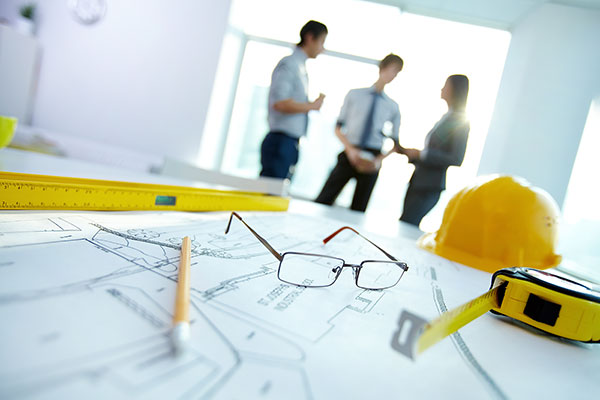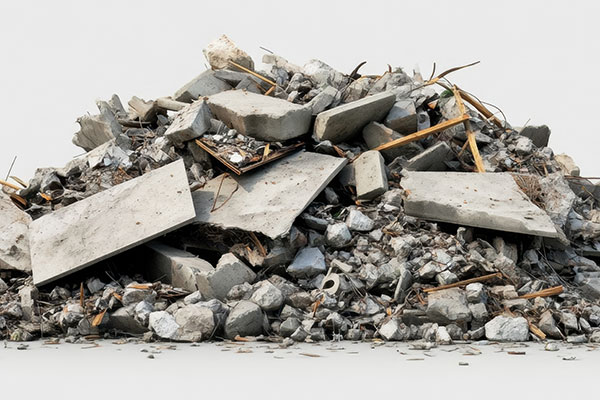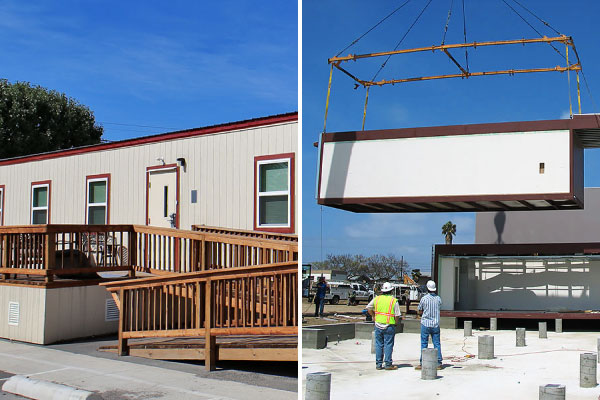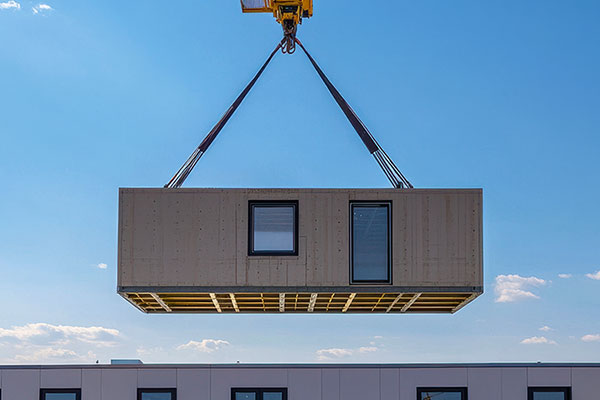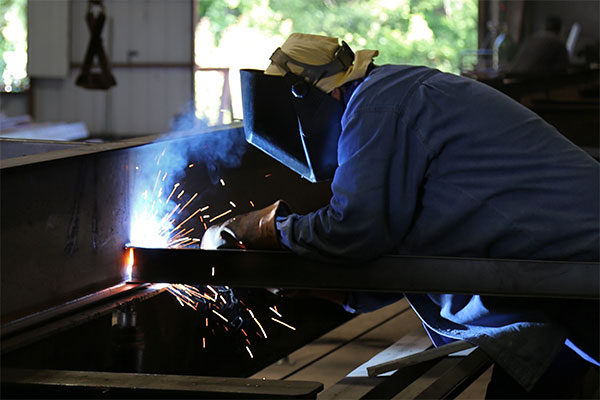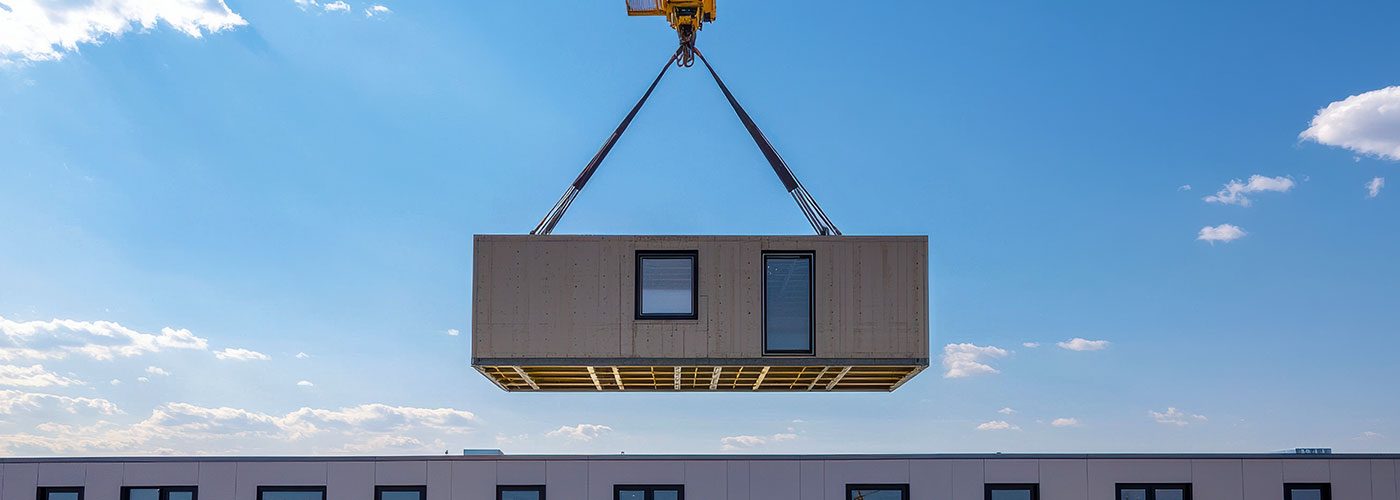
There are several reasons why modular buildings are up to 20% less costly than conventionally built structures. In this installment, we explore the sixth reason behind the cost savings associated with modular buildings: how safety practices in modular construction impact the bottom line.
Construction is a hazardous occupation. It’s easy to see why when you think about the daily risks involved, like working at heights, using power tools, handling heavy machinery, dealing with electricity, and a variety of other hazards. Those risks increase even more when factors such as weather, lighting, terrain, and tight schedules come into play.
The Bureau of Labor Statistics reported 4,251 worker fatalities in the U.S. private sector in 2014. Among these, 874, or 20.5%, happened in the construction industry—meaning one in five worker deaths occurred on construction sites. Insurance companies are acutely aware of the risks involved in construction. Occupational health and safety costs typically account for 2-10% of a construction project’s total cost.
Palomar’s modular construction strategy mitigates many of the common construction hazards. Wall and roof sections are assembled on jigs at safe, ergonomic heights before being mechanically lifted into position. Interactions between workers and large machinery are minimized because modules are built in the company’s manufacturing facility. The work environment in Palomar’s manufacturing plant is designed to be as safe and ergonomic as possible, reducing the effects of uncontrollable environmental conditions such as moisture, wind, extreme temperatures, and variable lighting.
